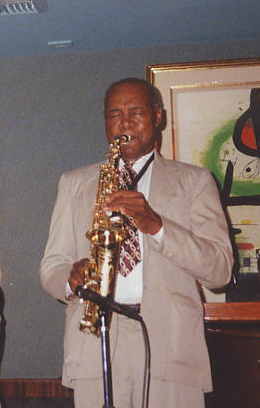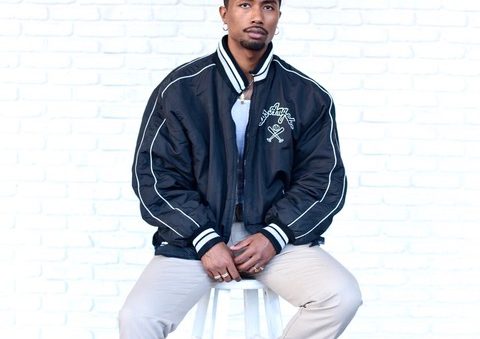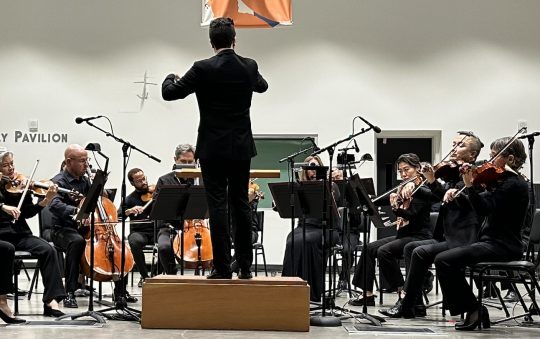
William “Buddy” Collette, the iconic jazz bandleader and educator, will be honored by the California Jazz Foundation Saturday April 14, at the 6th annual “Give the Band a Hand” gala. Collette, who died in 2010, had a tremendous impact on current jazz culture. His legacy, project JazzAmerica, helps support young aspiring jazz musicians. The Los Angeles Sentinel Newspaper spoke to Richard Simon, who will direct a performance at the gala and who was also a friend of Collette.
LOS ANGELES SENTINEL NEWSPAPER: How did Buddy transform jazz music?
RICHARD SIMON: Buddy Collette is a product of Watts. He was able to express the energy and history of that part of the city. Buddy became aware that the White and Black musicians were not getting along. He created something called the Humanist Symphony in the late forties. He got together people of color with White musicians. Up until that point, its like they lived on separate planets. He thought it was fruitful for musicians to work together.
LAS: How did Buddy break into the mainstream media?
SIMON: Jerry Fielding, another musician, asked Buddy to play the saxophone and hired him for a TV show. Buddy Collette became the first non-White musician to be hired for a TV show performing at the Groucho Marx show. He also became the first Black musician to be hired for the Academy Awards orchestra. The Academy enjoyed him so much they wanted him to stay. Buddy told them he would only if they hired more Black musicians.

LAS: How has his legacy impacted Los Angeles musicians today?
SIMON: He was one of the people who helped immaculate musician unions. There use to be only a Black union and White union. Buddy realized that all the good calls were going to the White union. Buddy pulled together these unions. He wanted to make sure the Black musicians have the same opportunities for work. Eventually the Black and White unions combined. Today there is a single musician union representing Los Angeles called the Local 47. This was largely due to the efforts of Buddy Collette.
LAS: Can you elaborate on JazzAmerica?
SIMON: JazzAmerica was co-founded by Buddy Collette in 1994. The mission is to proliferate jazz traditions. There were two paths JazzAmerica took in the beginning. One was a course for high school kids. The other was an after school program for younger students in middle school. JazzAmerica has never charged tuition, so the kids who are interested can learn and perform whenever they want. We are proud that one of our students Katelyn Hunter won the Spotlight Award given by the Music Center of Los Angeles. She was chosen among five hundred competitors in the non-classical category.
LAS: Why is Jazz still important today, especially with the exposure of different genres?
SIMON: Jazz is America’s indigenous art form. I think today’s youth and the public are also intrigued by the way it expresses the American experience. One of the first great jazz artists was Louis Armstrong. He was raised in New Orleans. He grew up in a city where White people were playing marching band instruments. They all came from various parts of the world to play. All music genres continue to express such a wide variety of human emotions. Jazz has something that appeals to everyone.
For more information, visit californiajazzfoundation.org.






